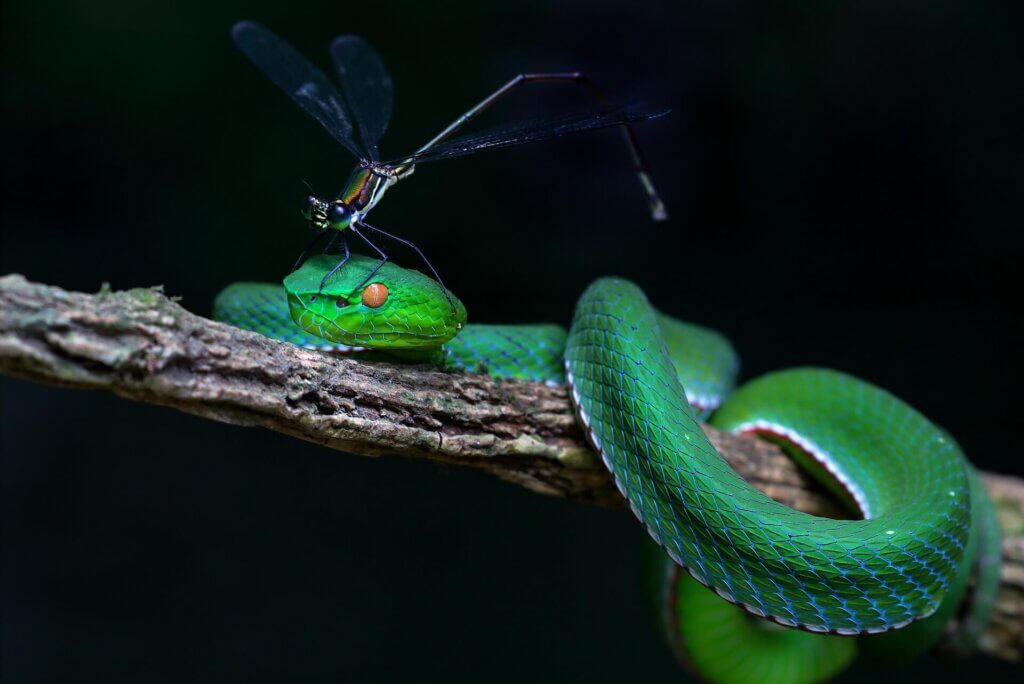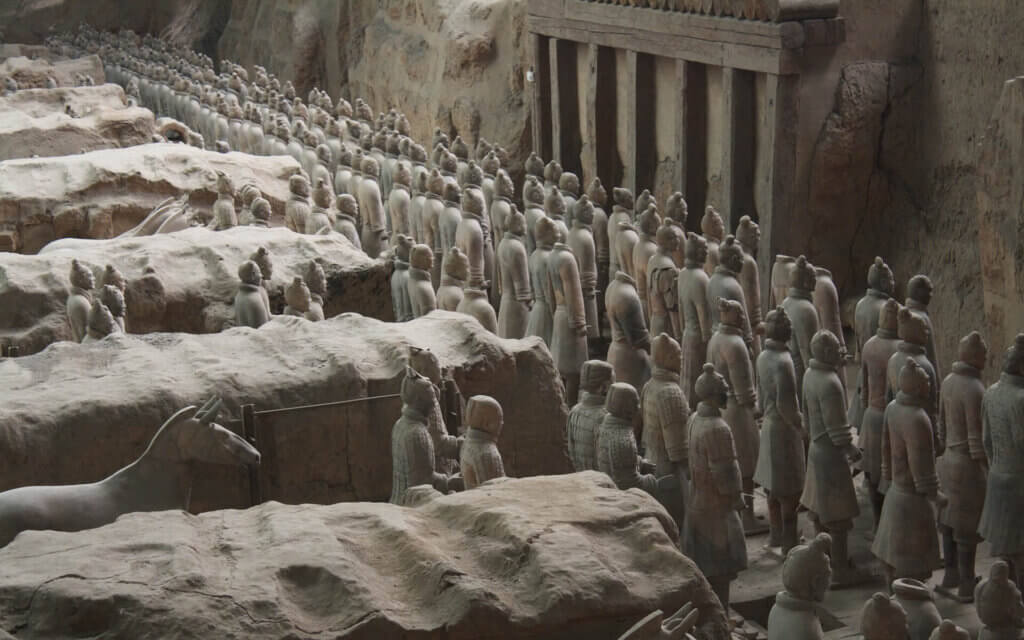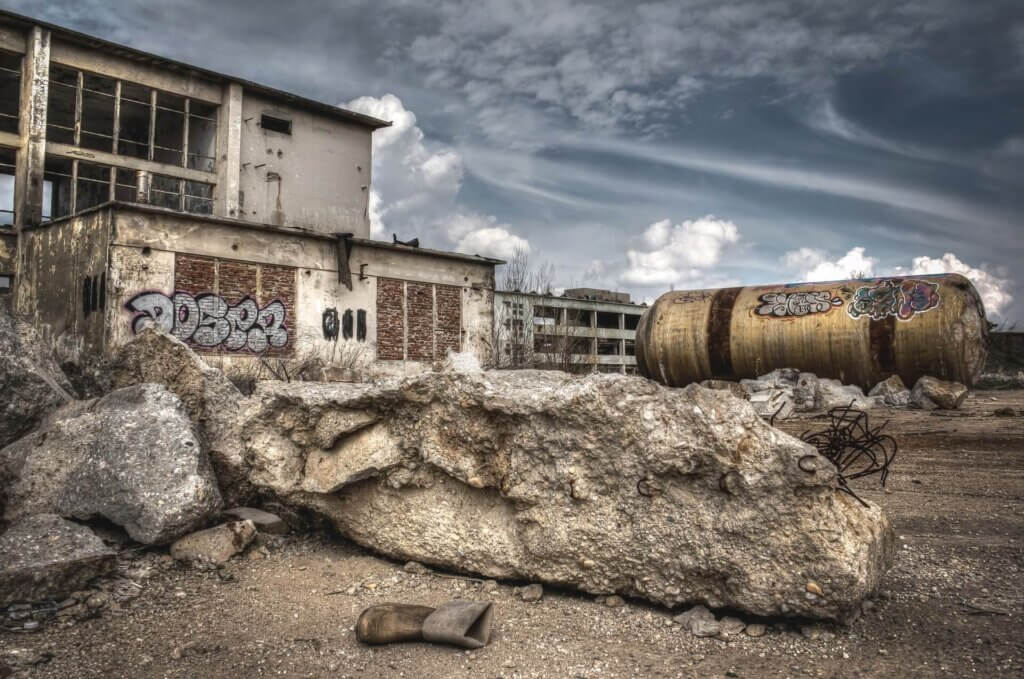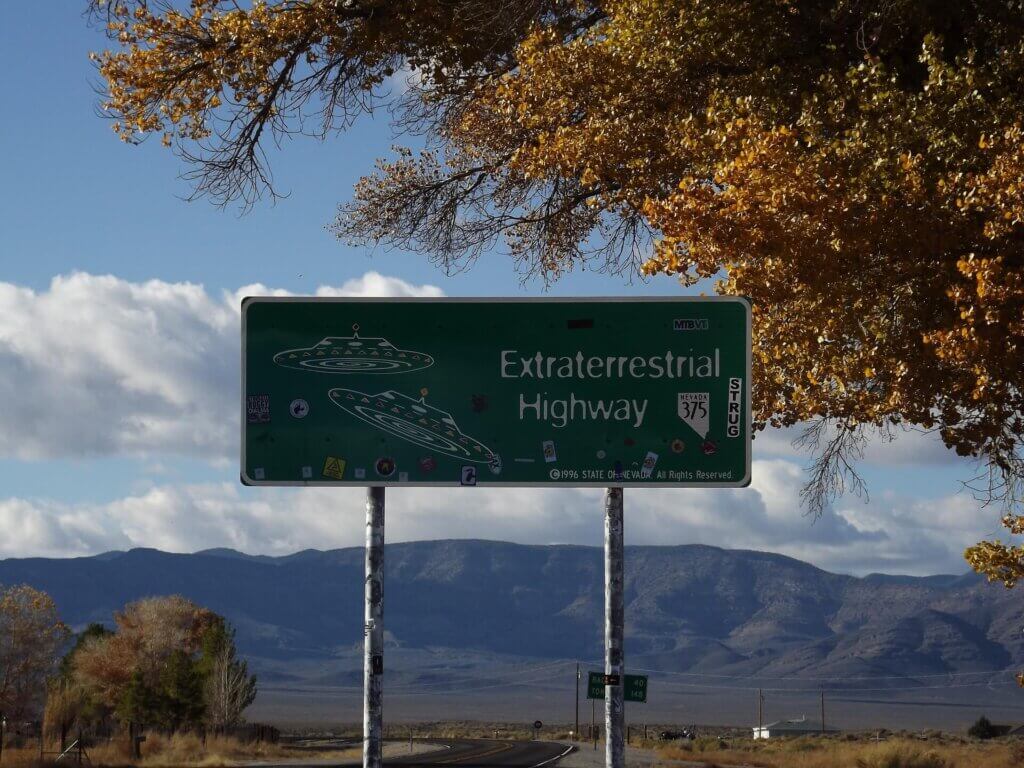Just as there are thousands of places around the world that are worth visiting and their access is free, there are some others that for various reasons are forbidden to tourists in general and in some cases, to everyone without exception.
We present below 6 of the most forbidden places in the world. This list is not exhaustive, but it gives a good picture of the diversity of reasons why a place can be considered “unre visitable”, even with the force of law. Enjoy.
Snake Island, Brazil
 Just 33 kms from the coast of the state of São Paulo, is the Ilha da Queimada Grande of Brazil, nicknamed Snake Island.
Just 33 kms from the coast of the state of São Paulo, is the Ilha da Queimada Grande of Brazil, nicknamed Snake Island.
It houses a dense population of one of the world’s deadliest snakes, the Bothrops insularis.The venom of this snake is such that it produces a necrosis around the bite.
The population of this snake on the island, of 1 square kilometer is estimated between 2,000 and 4,000 specimens.For security reasons – for humans and ophidians – the Brazilian government does not allow visits and a doctor is required on the team for any research visit.
Tomb of Emperor Qin Shi Huang, China
 It is one of the most famous monuments in China: the Terracotta Army. What few know is that this much-visited site has a ban on access to Qin Shi Huang’s own Central Tomb, even for researchers.
It is one of the most famous monuments in China: the Terracotta Army. What few know is that this much-visited site has a ban on access to Qin Shi Huang’s own Central Tomb, even for researchers.
Farmers discovered the tomb of China’s first emperor, Qin Shi Huang, in 1974, and since then archaeologists have found some 2,000 clay soldiers and expect another 8,000 uncovered.
Despite the excavation, the Chinese government has banned archaeologists from touching the central tomb with the body of Qin Shi Huang, which has been closed since 210 BC. C. The decision is for fear that current technology is not up to the task of excavating without damaging ancient artifacts.
Chernobyl, Ukraine
 Those of us who are old enough remember the television images of April 26, 1986, and days after, when an explosion near Chernobyl, Ukraine (then in the Soviet Union) became the worst nuclear accident in history.
Those of us who are old enough remember the television images of April 26, 1986, and days after, when an explosion near Chernobyl, Ukraine (then in the Soviet Union) became the worst nuclear accident in history.
Although counts of deaths from radiation are impossible to pin down, experts estimate that between 9,000 and one million people will die from radiation cancer.
More than 35 years after the disaster, cleanup projects are still being carried out and the power plant director estimates that the area will not be habitable for at least 20,000 years.
Nearby, there is a gloomy forest of white trees, naked and dead, whose access is also forbidden.
Area 51, Nevada
 That they fly, they fly. The U.S. government would not admit the existence of Area 51 until 1992 documents published in 2013 mentioned this Nevada military base.
That they fly, they fly. The U.S. government would not admit the existence of Area 51 until 1992 documents published in 2013 mentioned this Nevada military base.
Officials have not yet revealed what kind of research is being conducted, though conspiracy theorists claim that extraterrestrial activity is being studied there.
According to these researchers, that ultra-secret base is where the remains of an alien spacecraft crashed in Roswell in 1947 were taken. As well as the corpses of its occupants.
You can get a bird’s eye view of the Google Maps site, but the vast desert makes it difficult for anyone to sneak in, and security is strict.
Even visitors with security clearance arrive at Area 51 in private jets that keep the windows closed until landing.
North Sentinel Island, India
We had already talked about this place in our article on unexplored places.
In the Bay of Bengal are the Andaman and Nicobar Islands, most of which are Indian territories.
The Sentinelese tribe of North Sentinel Island is believed to have been there for 60,000 years, and is one of the last communities in the world to remain totally isolated from external societies.
In 2006, a boat with two fishermen headed to the shallow waters of North Sentinela Island, where the Sentinelese killed the couple. Since then, there have been other reports that the tribe fired arrows at passing helicopters.
Because the Sentinelese have not been in contact with diseases to which others have built resistance, contact with outsiders could prove deadly for the tribe, so the Indian government agreed not to attempt any contact.
Lascaux Cave, France
 Prehistoric paintings of the Lascaux cave were found in 1940 and became a tourist site after World War II.
Prehistoric paintings of the Lascaux cave were found in 1940 and became a tourist site after World War II.
Carbon monoxide from the breath of the 1200 daily visitors began to damage the cave paintings, which are now a UNESCO World Heritage Site, and the cave was closed to the public in 1963.
In 2008 it was closed for 3 months to anyone. The problem of proliferation of a fungus destroying the paints demanded a total closure. By 2009 there were indications that the fungus was disappearing and only a few researchers have been allowed in.
Several nearby sites were built with replicas so that they could be visited by the public, but only conservationists and researchers can enter the original, being strictly forbidden access to unauthorized personnel.
Conclusions
 One of the things that most drives men to explore and discover a site is if it has a “forbidden” label. But this can have serious repercussions.
One of the things that most drives men to explore and discover a site is if it has a “forbidden” label. But this can have serious repercussions.
As the people killed in Sentinela del Norte or those who developed certain forms of cancer after visiting Chernobyl and surroundings knew in the worst way, many times these prohibitions are made with the aim of protecting the potential visitor.
However, even these consequences cannot counteract the “morbid forbidden” that many people have and thus prefer to risk their lives.
